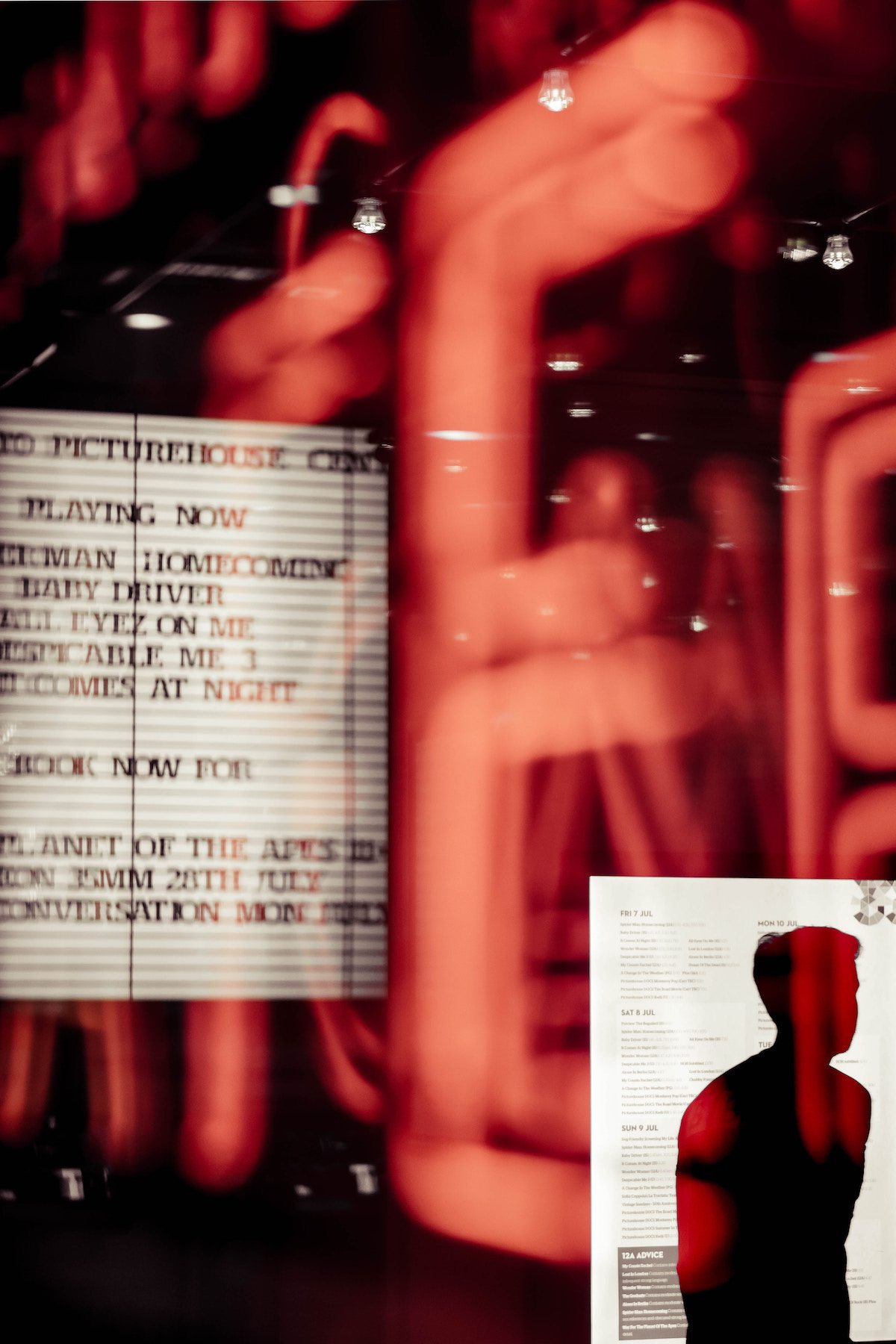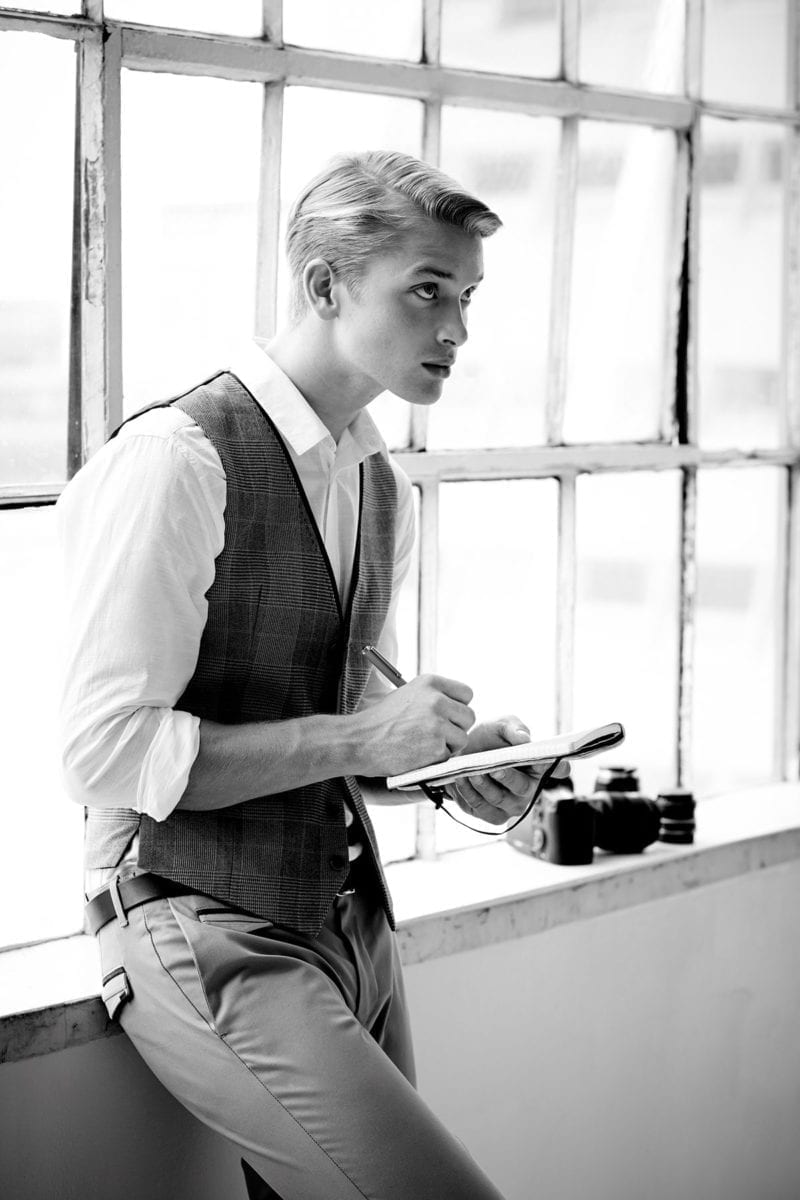Here in Los Angeles, there’s always an extra concentration of movie buzz; “the industry” hangs over everything as prominently as the smog. But just after the holidays, on the cusp of award season, this concentration intensifies — regardless if you’re one for hosting an Oscar party or haven’t seen a new release in years.
We all love movies, which is why we thought this article from Darling Issue 09 would be a fun read as we settle in for a few more months of winter and revisit those classics we just can’t get enough of.
This is why:
The Classic Act
By Alison Nastasi
In the dark of the movie theater at the center of Giuseppe Tornatore’s 1988 love letter to film, “Cinema Paradiso,” the flickering light of the projector mesmerizes and soothes audiences. Cinema is their salve—a place to escape the misery of life in the postwar Sicilian village. It is a place to veil their tears, to hold a lover’s hand, and to dream. For little Salvatore, whose nickname reminds us of a charming “The Wizard of Oz,” character, Toto, the cinema is the site of his deep and abiding friendship with the local projectionist, Alfredo.
Salvatore is apprenticed by the world-weary man, watching movies from a tiny pane in the booth, his window to the world, surveying the enraptured crowd below. The local priest censors each film, forcing Salvatore’s mentor to snip the offending scenes from the celluloid—fragments of earthy embraces and deep, longing kisses. But those clips aren’t lost for good. An older Salvatore, now a famous director, returns to the village 30 years later to pay his respects to the dearly departed Alfredo. His mentor has left him a gift in a film can. A flood of memories washes over Salvatore, evoking the magic of cinema once more.

Movie theaters are a proscenium for our memories, a place where stories become signposts in our lives. We can all remember the films that played during our first kiss and fond family outings. The films we rented to celebrate special occasions and comfort us in trying times still feel familiar, like an old friend. Films imprint themselves on our imagination. Experiences like this mark the passage of time. These aren’t just stories. They’re our stories, reflecting our joys, dramas and sorrows. Certain movies rise to the surface of our minds, enduring. These films are timeless. This trait isn’t entirely subjective.
There are several ways of measuring a classic addition to the cinematic canon, but the films that persevere in their relevance capture a few essential qualities:
The foundation of any landmark movie is a compelling story.
Ultimately, films that speak to the human condition and paradoxes of human nature dominate the classics. The pursuit of honor, purpose and acceptance can be found in Francis Ford Coppola’s “The Godfather,” where the sons of an aging patriarch are tested at the helm—one reluctant to control his father’s clandestine empire, the other desperate to please, but crippled by his own shortcomings.
The moral and emotional spectrum of characters in Steven Spielberg’s “Schindler’s List” reminds us of humanity’s capacity for cruelty and compassion, and the need for acknowledgement and understanding to facilitate social healing. This is also broached in Steve McQueen’s “12 Years a Slave,” already revered as a modern classic, as it confronts the devastating truths about American slavery.
Films imprint themselves on our imagination. Experiences like this mark the passage of time. These aren’t just stories. They’re our stories, reflecting our joys, dramas and sorrows.

Historical dramas and period pieces are a perennial favorite of moviegoers.
…whether they are difficult examinations of history’s darkest times or mythologized depictions of a bygone era. These stories transport us to places that reflect universal truths, but free us from the difficult tangles of modern life. They also remind us of the progress we’ve made, whether it’s the technology and tools we use to make movies, or the accomplishments we celebrate as a unified people.
Of course, no genre is more mythologized than the American western, conveyed through classic films directed by icons such as John Ford. The genre continues to evolve in modern gunslinger tales like the Coen brothers’ bleakly humorous “No Country for Old Men” and Quentin Tarantino’s radical revision, “Django Unchained.”
Contemporary audiences are drawn to films that are topical and innovative.
Two big award winners from 2013—Alfonso Cuarón’s “Gravity” and Spike Jonze’s “Her”—celebrate the increasing presence of technology in our lives, behind the scenes and as narrative. Both films are striking examples of cinema’s future possibilities, more so than candidates for classic status.
The equally groundbreaking films from Peter Jackson’s Middle Earth era have been branded as such. “The Lord of the Rings” lent a long-missing legitimacy to the fantasy genre, using J. R. R. Tolkien’s tried-and-true heroic journey paradigm as its basis. James Cameron’s romantic epic “Titanic”—the first of the director’s impressive technological feats—transposed the concept of the (tragic) hero to the open sea.

Sometimes it’s not the technology, but the technique that invigorates our fascination.
Novel applications of existing technology are just as essential to cinema, because they allow us to enter the story in a new way, sharing the filmmaker’s sense of discovery. “Breathless,” which brought international attention to the French New Wave movement in 1960, was inspired by Jean-Luc Godard’s infatuation with American film noir (Jean-Paul Belmondo’s Michel even takes on the persona of Humphrey Bogart) and low-budget, studio-produced genre films.
Armed with a rough script he composed each morning before shooting, Godard fed actors their lines and employed handheld camerawork (also innovating the jump cut), lending spontaneity to a film so modern we couldn’t yet envision its place in history.
The best directors are storytellers, but they also know where to draw our attention.
“A story should have a beginning, a middle, and an end, but not necessarily in that order,” Godard once proclaimed. It’s not the sequence of stories that resonates with us. It’s the essence and emotionality of them that matters. This is why some movies have stood the test of time and others haven’t.
Filmed during the height of the 1960s Space Race, Stanley Kubrick’s “2001: A Space Odyssey” is a stunning visual and aural work that is still appreciated outside of its timeframe. Box office gross is another frequently cited indicator of cinematic superiority, but it doesn’t reflect the worth of masterpieces like “Citizen Kane.” The 1941 film flopped upon its initial release. Critics also compose their meticulous “best of” lists, but these regularly exclude crowd-pleasers like the enduring “Star Wars” saga, which reconfigured the aesthetic and narrative traditions of Hollywood moviemaking.
Regardless of what metric we use to judge cinema classics, the films that remain in our popular memory reflect our core truths as a society. We recognize ourselves in them. They unite us under that flicker of light in the dark theater and across the living room as we take refuge in knowing glances and fits of laughter. Just as Salvatore discovered a world of hope and possibility in the womb of the old “Cinema Paradiso” movie house, we too see our future—and remember our past—and we are never alone.
What movies are in your all-time top three?
Like this? Become a Darling subscriber HERE to immediately gain access to all of our digital versions, plus get our latest issue delivered right to your doorstep.
Feature Image via William Hereford












4 comments
Shall We Dance 1937
A Farmer’s Daughter
The Ten Commandments
1) Unbreakable
2) Howl’s Moving Castle
3) Hook
1.) Waking Ned Devine
2.) The Secret Life of Walter Mitty
3.) Pride & Prejudice
‘Walter Mitty’ is one of our favorites at the Darling office!